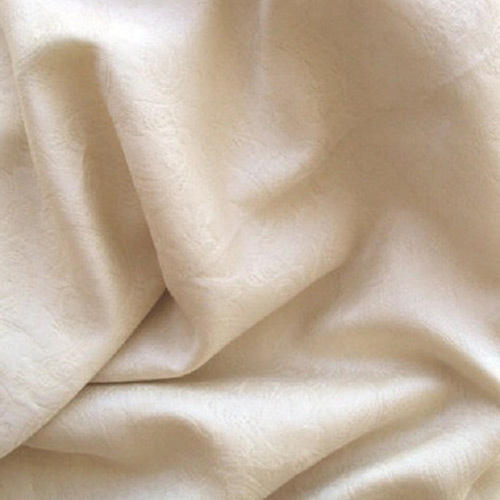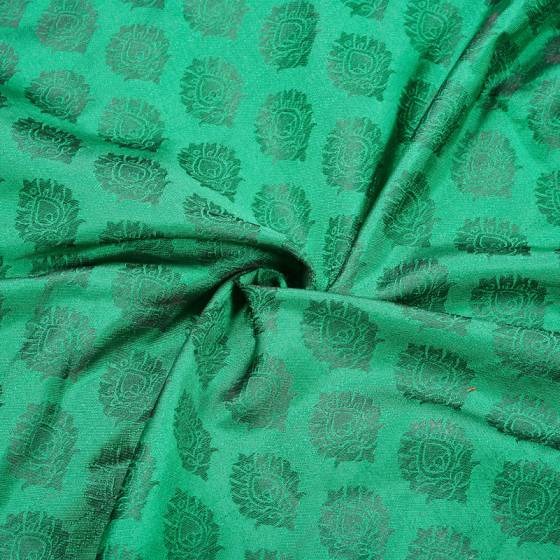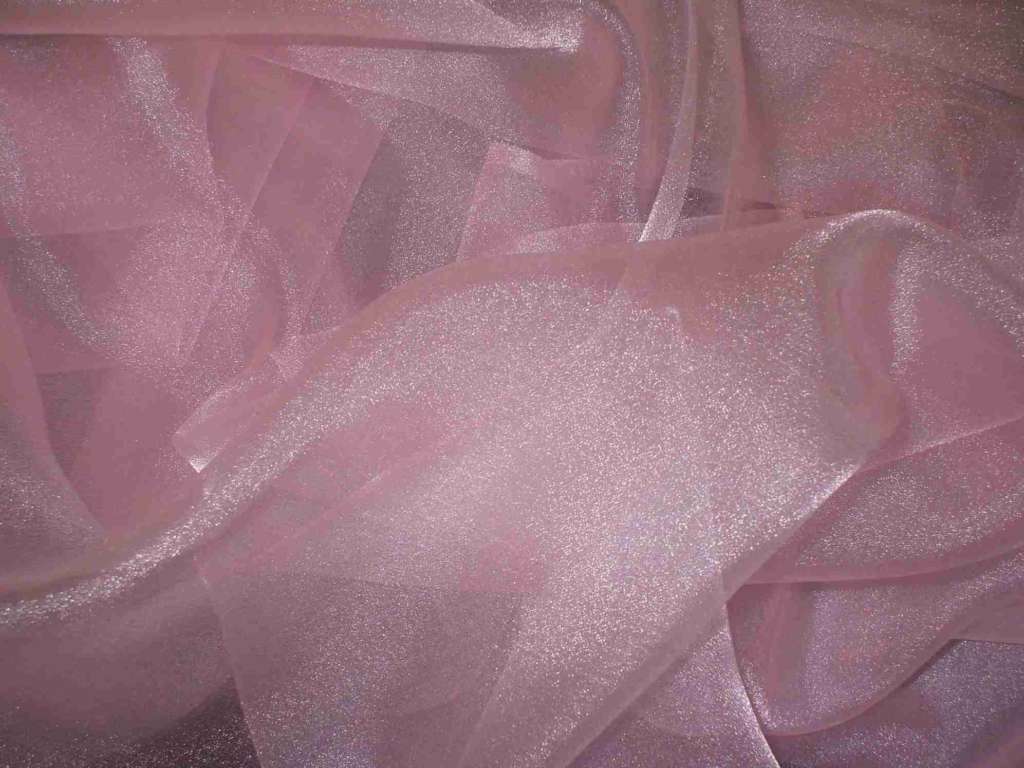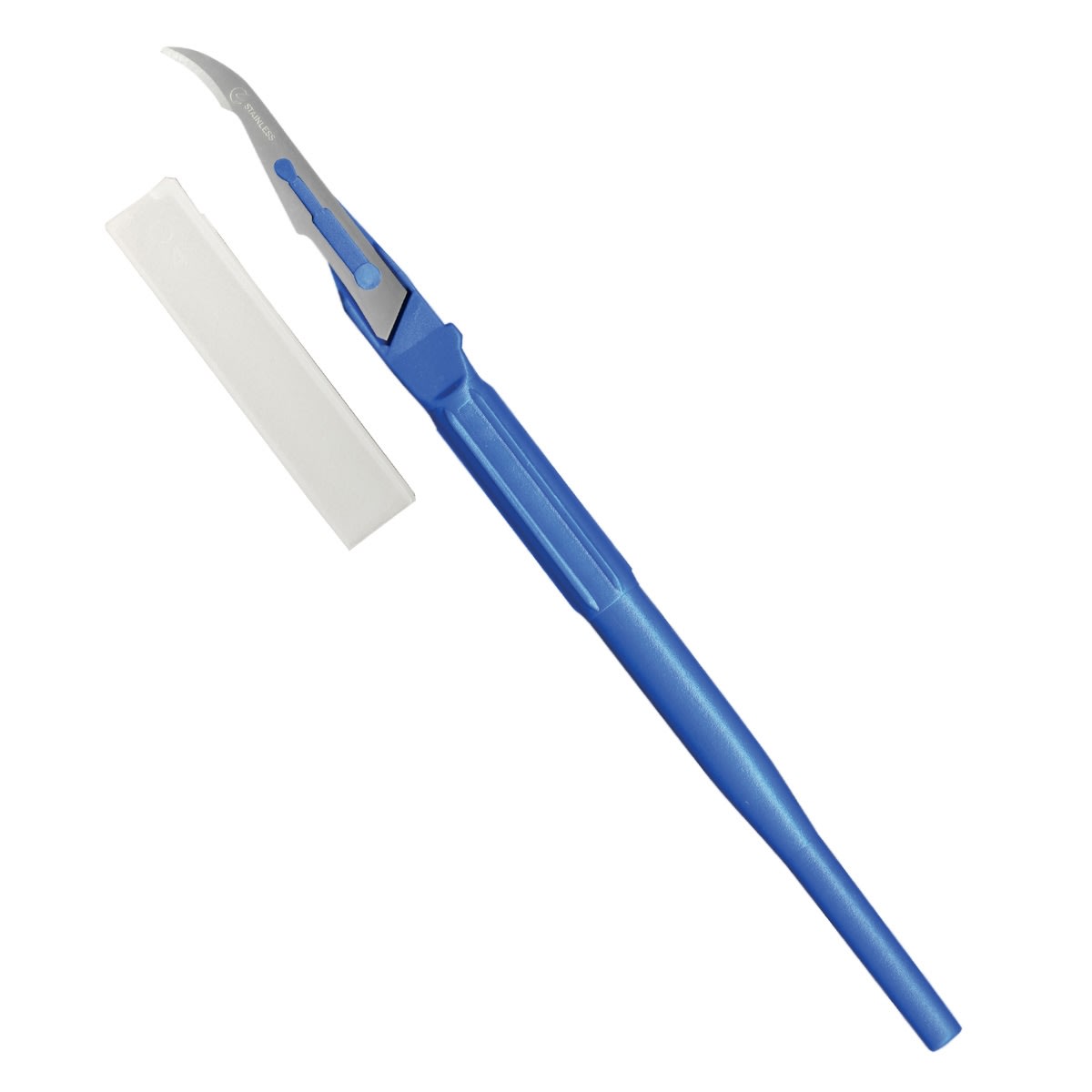Best Ways to find Cruelty Free Silk Manufacturer



Silk plays a significant role in Indian culture. It is used in many religious ceremonies, marriages, and other special occasions. It is important to identify different types of silk because not every silk is manufactured through cruelty-free processes. There are multiple distinct types of silk, derived from various sources and manufactured in a variety of different ways.
Previously restricted for the most prosperous sections of society, silk has become more affordable and available to the average person. Regrettably, the average person is an easy target for counterfeiters. Synthetic silk can be nearly identical in appearance to genuine silk due to advancements in textile manufacturing, and frequently, consumers such as ourselves are unable to discern the difference.
Thus, how can we assure that we are not duped? How can genuine silk products be identified?
However, the path to grace is not as treacherous as it appears! Women around the country wear a variety of silks throughout the year. We've compiled a list of the different types of Indian silk available and how to source cruelty-free silk which you can wear to express your inner diva:
#1 Cotton Silk

Cotton allows your skin to breathe, while silk lends an air of luxury to the ensemble. The fusion does not weigh you down and is not sheer, making it an ideal topic for all-year fashion experiments.
#2 Chanderi Silk

This lightweight silk is known after a town in Madhya Pradesh with the same name. The fabric is unusually shear, making it an excellent choice for Indian summers. Although the fabric is somewhat conventional in appearance, it has become popular among indo-western designers.
#3 Organza Tissue Silk

When one thinks of silk, the word "luxury" immediately comes to mind, and that is precisely what organza tissue silk is all about. Although it is braided with nylon and other synthetic fibers to boost its resilience, it retains its original shape. The fabric has a sheen to it but is also oddly sheer. Available in many classic and contemporary patterns, you may use it to create dupattas or line it with cotton to create fully-fledged boho chic ensembles.
#4 Banarasi Silk

As the name implies, this skill originates in the culturally diverse city of Varanasi, formerly known as Banaras. One of the most popular silks in India, women wear it in the shape of Heritage Sarees and Dupattas. It features an elaborate array of traditionally rooted designs, is embellished with zari work in brilliant colors, and is a popular option for festive occasions among women.
#5 Muga Silk

Muga silk is one of the world's rarest silks. The name comes from the Assamese word "muga," which means "yellow color" and is apt given the fabric's striking golden color. The cloth embodies grandeur and commands a high price. It can be used to create the most lavish and magnificent traditional garments, caps, stoles, sarees, and kurtas for festive occasions.
How to recognize artificial silk:
- Cost: Generally, faux silk things will be less expensive. If an item is reasonably priced, the likelihood is that it is not genuine silk.
- Color: Silk typically reflects light and is treated, which means the color will not appear 'flat' but rather shimmer. If the silk's coloring appears to be a flat, block color, it is unlikely to be genuine silk.
- Smell: To determine whether silk is genuine, light a few strands of the material on fire. When it burns, it emits an odor similar to burnt hair - a strong, recognizable odor.
- Touch: When a piece of cruelty-free silk is rubbed between your fingers for a few seconds, the material becomes warm. If it maintains its original warmth, it is not genuine silk.
- It is labeled as satin: Satin may not necessarily imply silk. While some may confuse the two, satin products are frequently far less expensive than silk products.
- The ring review: Pulling silk through a ring is a traditional method of authenticating it. Cruelty-free silk allows the ring to glide smoothly over it, but fake silk frequently bunches or becomes trapped on the ring.
Final Words
These were just a few selections from the list of all-season silks, and you were under the impression that cotton or rayon were your only year-round options. Feeling pushed for time to purchase silks in preparation for the approaching monsoon or summer wedding? We empathize! It's time to shine brightly and stroll beneath the warm sun or along rain-soaked streets in your choice of fabric-designed ensembles. Fashinza offers a comprehensive selection of cruelty-free silk manufacturers.



















